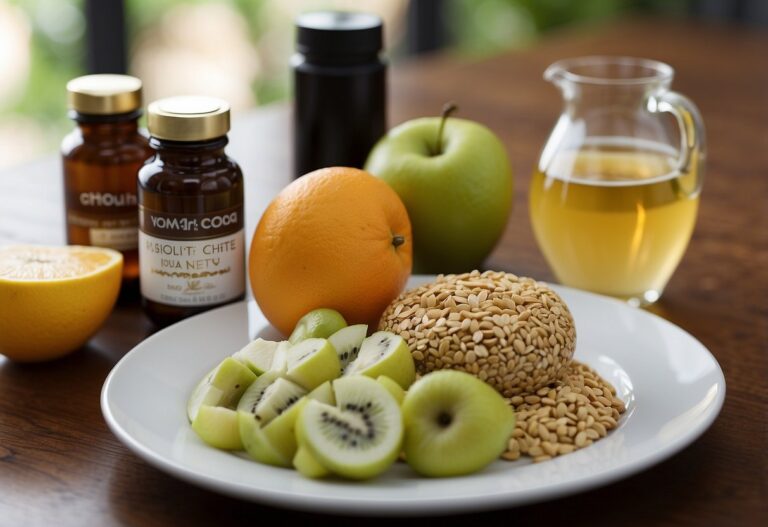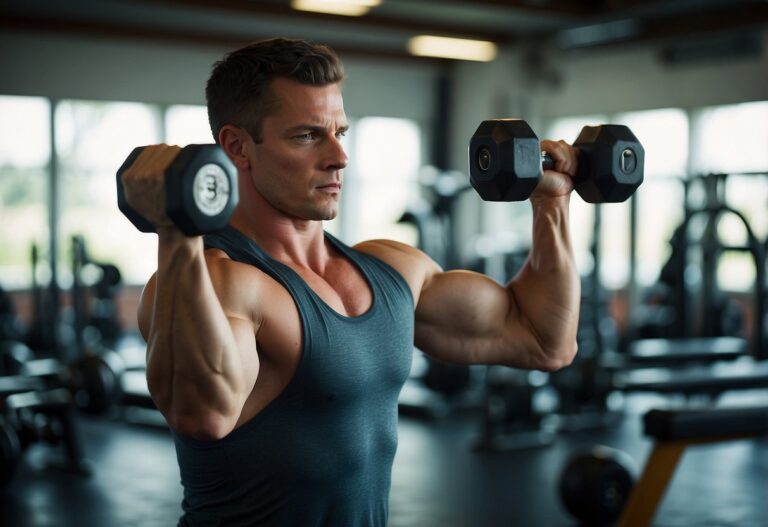In your training routine, each exercise targets specific muscles or muscle groups. If you’re curious about effective pull-up exercises and whether they directly target your traps, you’re in the right place.
This article explores various pull-up variations and their different effects for a clearer understanding.
Do Pull-Ups Target the Trapezius Muscles?
There are differences between pull-ups and chin-ups, especially concerning the traps. To fully engage your traps, focus on exercises that target all three parts of these muscles.
While pull-ups do involve the traps as a secondary muscle group, they primarily work other areas.
Understanding the Activation of Trapezius Muscles During Pull-Ups
Feeling activation in your traps during pull-ups could be due to two main reasons. Pull-ups might appear straightforward, but their technique is intricate, and mistakes can lead to unintended muscle engagement.
Even if your traps feel fully involved during pull-ups, this isn’t necessary for the exercise. Correcting your technique can enhance your results, as the traps are secondary muscles in pull-ups.
Causes of Trap Soreness Post Pull-Up Exercise
While traps play a role in pull-ups, they are not the primary muscle group involved. If your traps feel tender after pull-ups, it may indicate incorrect execution.
Feeling normal soreness in your activated muscles post-workout is typical. However, excessive soreness could signal potential muscle or ligament tears.
If trap soreness persists beyond normal discomfort, seek examination from a healthcare professional.
Distinguishing Between Pull-Ups and Chin-Ups
The concepts of pull-ups and chin-ups are closely related, often causing confusion among fitness enthusiasts due to their subtle differences.
Both exercises target the upper body but focus on different muscle groups. Pull-ups involve a pronated hand grip, while chin-ups utilize a supinated grip with palms facing towards you.
Incorporating both exercises into your routine can enhance upper body strength.
To advance these exercises further, consider incorporating weight belts based on your individual capacity.
Different Types of Pull-Up Exercises
Pull-ups can be tailored with slight adjustments to target various parts of your traps. Your traps consist of the upper, middle, and lower regions, each playing a specific role in shoulder movement and stability.
The upper trapezius covers the top of the shoulder, aiding in shoulder elevation and rotation, along with neck extension.
The middle trapezius supports shoulder stability during arm actions, while the lower trapezius works in opposition to the upper traps by holding the shoulder girdle down.
Understanding these different trap areas can help you select pull-up variations that suit your fitness goals and target specific muscle regions effectively.
1. Narrow Grip Pull-Ups
Close grip pull-ups specifically work on the lower traps by engaging them effectively. When you hold the pull-up bar closer, it targets this muscle group more efficiently.
While many focus on the upper traps, strengthening the lower traps is equally important for overall shoulder stability and strength.
2. Wide Grip Pull-Ups
Wide grip pull-ups primarily engage the latissimus dorsi and other shoulder muscles rather than significantly targeting the traps.
These pull-ups are favored by bodybuilders aiming to enhance shoulder width, as they effectively work on broadening the shoulders.
3. Behind the Neck Pull-Ups
Behind-the-neck pull-ups are effective for targeting the upper back, engaging muscles like the traps, rhomboids, pectoralis, and others.
While these pull-ups can strain the neck and increase the risk of injury, they can be incorporated once you have mastered a secure grip.
Results from behind-the-neck pull-ups may vary among individuals, so it’s crucial to ensure proper technique during execution.
4. Scapula Engagement Pull-Ups
For targeting the lower traps effectively, close grip pull-ups and scapular pull-ups are recommended.
Scapular pull-ups involve a unique technique where you keep your chest elevated on the bar without bending your arms.
While mastering the posture for scapular pull-ups may be challenging, achieving the correct form can have a noticeable impact on shaping your shoulders.
What Is The Best Pull-Up Variation?
Among various pull-up variations, scapular pull-ups are highly effective for engaging the traps and delivering optimal results.
These pull-ups stand out due to their unique approach, with scapular pull-ups and close grip pull-ups being particularly beneficial for significant upper body and shoulder improvements.
To prevent potential injuries or discomfort, it’s essential to execute pull-ups with proper technique; consider seeking guidance from a trainer to ensure correct positioning.
When Can I Expect to See Progress?
The outcome of pull-up training can vary based on individual body types and workout routines, with many individuals noticing significant improvements after consistently performing pull-ups for 6 to 8 weeks.
To allow the body to recover and adapt to the exercise, it is advisable to do pull-ups on alternate days.
Combining a balanced diet with your training regimen can lead to enhanced and enduring results.
Maintaining focus, incorporating diverse exercises, and aiming for a holistic workout routine are key factors in achieving increased strength and a well-defined physique.
Summary
Pull-ups are a popular exercise among weightlifters and fitness enthusiasts. They aim to develop a stronger upper body and broader shoulders.
While the trapezius muscles play a supporting role during pull-ups, they contribute significantly to overall muscle development.
Various pull-up variations target different sections of the trapezius, offering versatile workout options.
Proper technique is crucial for effective results in pull-ups. Working with a knowledgeable gym trainer can help you refine your form and posture. This reduces the risk of injury and maximizes the benefits of this exercise.







